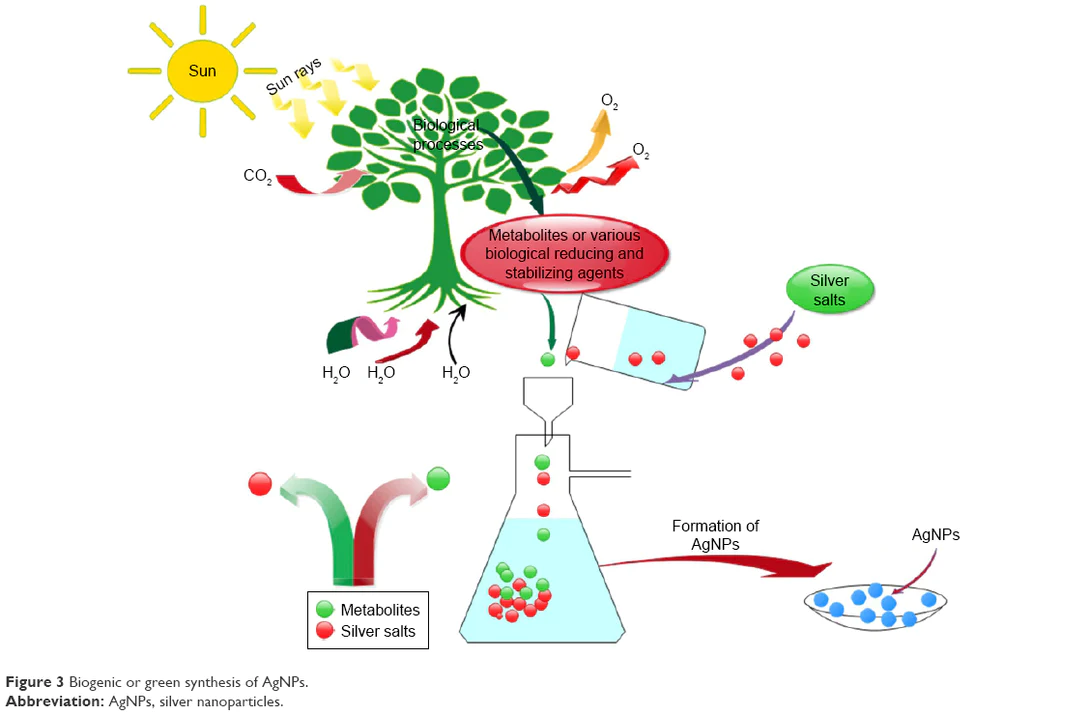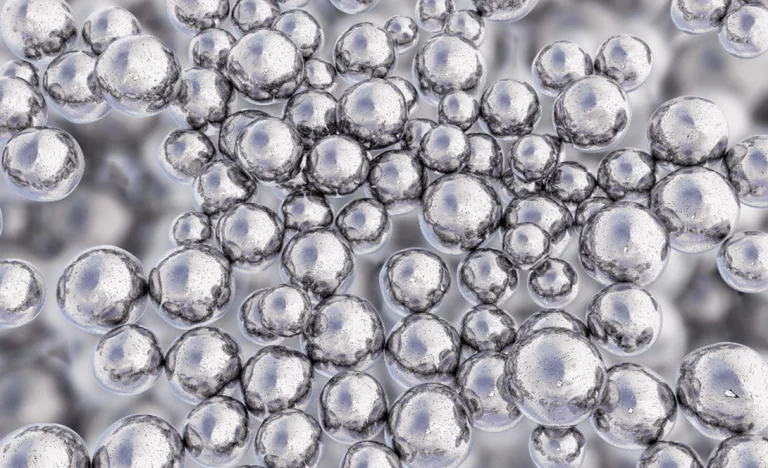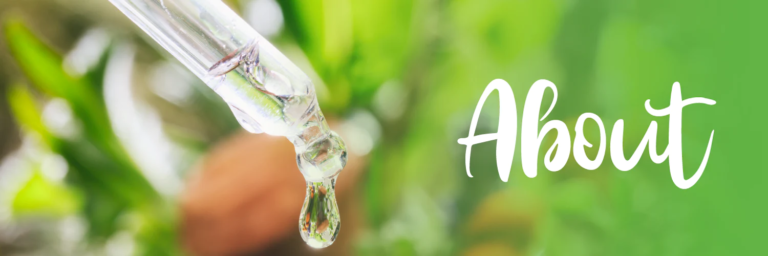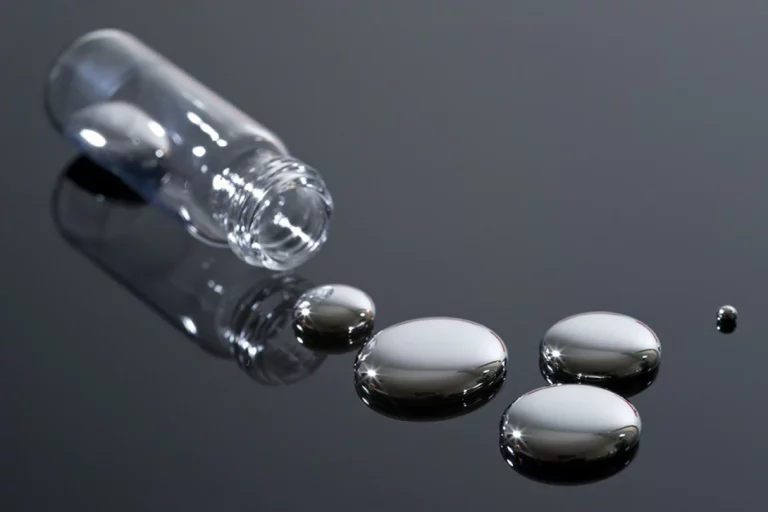Klaus et al were the first to explore the ability of the bacterium Pseudomonas stutzeri AG259 to synthesize AgNPs. The bacteria exhibited a remarkable property of surviving in an extreme silver-rich environment, which might be the possible explanation for the accumulation of nanosilver.150 Nanosilver particles have been synthesized using both Gram-positive and Gram-negative bacteria including the silver-resistant bacteria to form AgNPs.151 Some bacteria have the ability to produce extracellular AgNPs, while others can synthesize intracellular AgNPs. Interestingly, some bacteria including Calothrix pulvinata, Anabaena flos-aquae,152 Vibrio alginolyticus,33 Aeromonas spp. SH10,153 Plectonema boryanum UTEX 485,154 and Lactobacillus spp.155 have the ability to produce both extra- and intracellular AgNPs. Green and/or biogenic synthesis of any type of nanoparticles involves natural processes occurring in microorganisms like fungi, bacteria, and plants, as shown in Figure 3. These organisms generate biocompatible nanostructures having excellent therapeutic potential.131
Fungi-based synthesis of AgNPs is also eco-friendly and of low cost. In a recent study, two fungal strains, namely Penicillium expansum HA2N and Aspergillus terreus HA1N, were reported for the synthesis of AgNPs. The transmission electron microscopy result showed that 14–25 nm AgNPs were obtained from P. expansum, while 10–18 nm AgNPs were obtained from A. terreus. The efficacy of these AgNPs was further examined against different fungal species which demonstrated their strong antifungal potential.Like other methods, metal precursors or silver salts are also used in the preparation of silver nanostructure from bacterial cultures.
The production of AgNPs using sulfide (Ag2S) and oxide (Ag2O) of silver has also been reported by various studies.31,156 In a recent report, the culture supernatant of bacterium Bacillus licheniformis was used to produce 40 and 50 nm AgNPs, respectively.157,158 AgNPs of 1–6 nm size has also been produced using visible light emission from the supernatants of Klebsiella pneumoniae.159 Furthermore, it was also found that Lactobacillus strains can be used for the production of AgNPs.155,160 Recently, the bacterial strains of Aeromonas spp. SH10 and Corynebacterium spp. SH09 were screened for the biosynthesis of AgNPs. The authors concluded from their results that the bio-reduction of [Ag(NH3)2]+ resulted in the production of monodispersed and stable AgNPs.153






